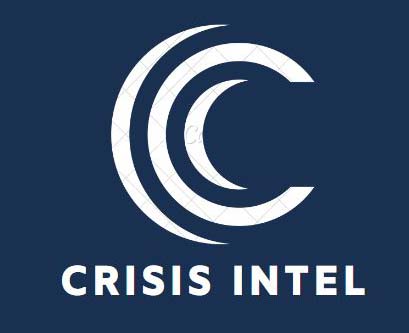Forest Fires or
Wildfires Management
Forest Fires or Wildfires Management:
Forest fires, also known as wildfires, can have devastating effects on communities, economies, and ecosystems. The consequences can range from loss of human life and property to environmental damage and the release of greenhouse gases. Therefore, effective forest fire management and mitigation strategies are crucial.
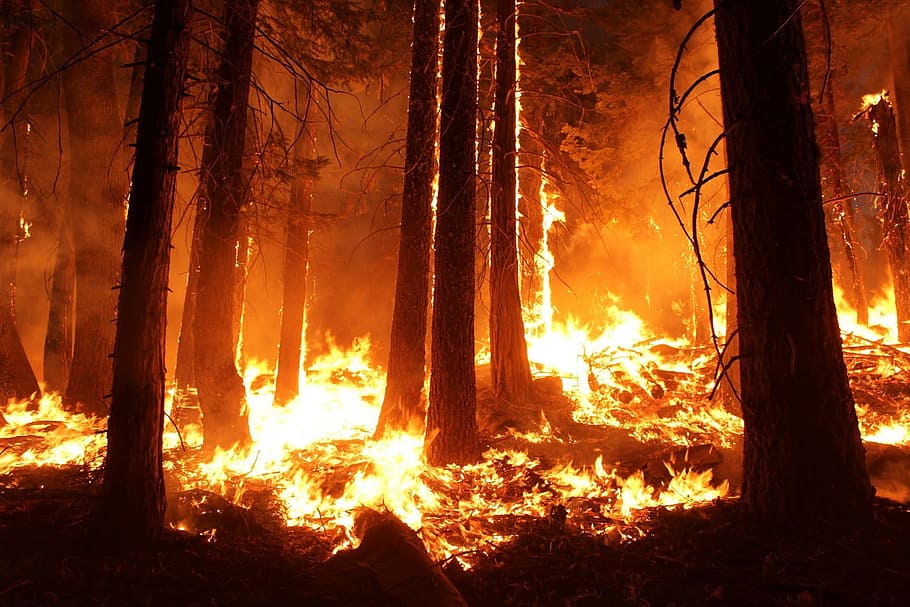

Why Forest Fire Management is Important?
Forest fire management involves reducing the likelihood and impacts of wildfires, protecting vulnerable communities, and restoring fire-affected landscapes. As climate change exacerbates fire risk and the intensity of fires, proactive forest fire management is needed more than ever. This includes prediction and monitoring of fire risk, preparing communities, fighting active fires, and rehabilitating affected areas.
Case Studies: Arizona, California, and Nevada
Arizona:
Arizona faces significant wildfire risks due to its arid climate and vegetation. The state’s fire management approach includes strict regulations on activities that can cause fires, such as campfires and burning debris, especially during periods of high fire risk. Arizona also uses controlled burns to reduce fuel in forests and has extensive plans for community evacuation and emergency response.

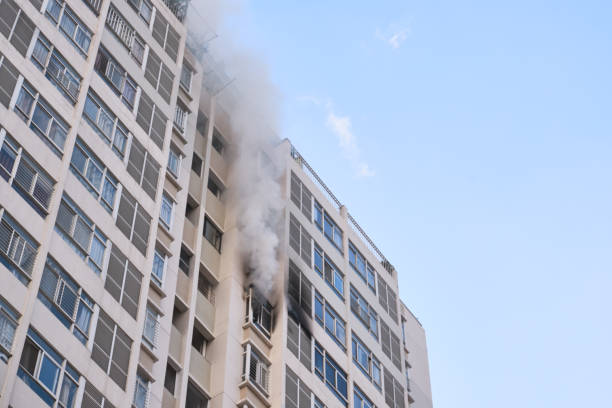
California:
California’s Mediterranean climate and strong seasonal winds have led to several catastrophic fires in recent years. California’s approach to fire management includes stringent building codes to make structures more fire-resistant, creating defensible space around properties, and public education about fire safety. The state also employs controlled or ‘prescribed’ burns and mechanical thinning to manage forest fuel loads.
Nevada:
Nevada’s fire management efforts focus on community preparedness, including creating defensible space, implementing fire-resistant landscaping, and planning for evacuation. Nevada also collaborates with federal agencies like the Bureau of Land Management and the U.S. Forest Service to manage fires on public lands.

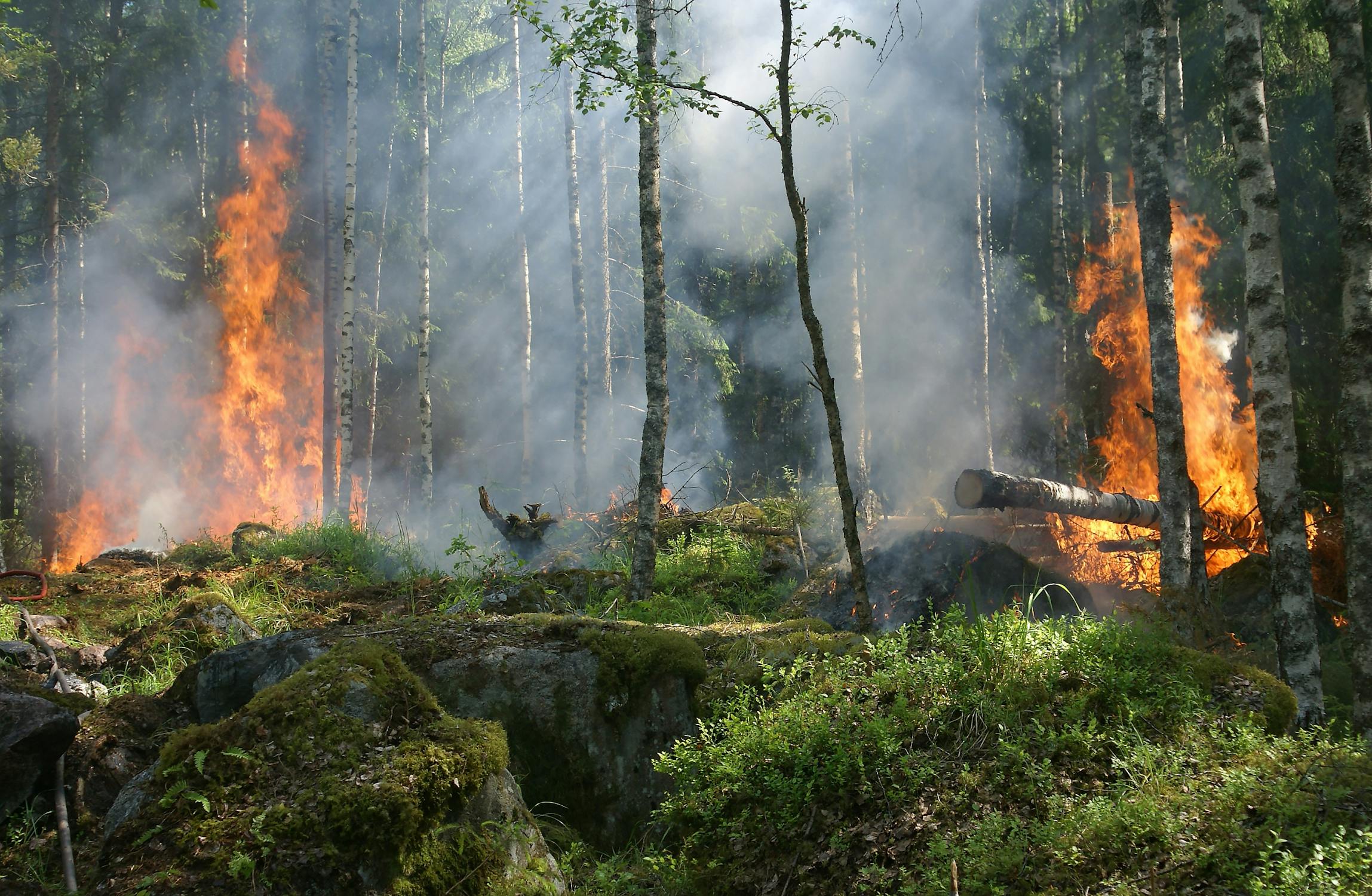
International Examples:
The catastrophic fires in Australia in 2019-2020 and regular forest fires in the Mediterranean region underscore the global nature of this problem. Australia has stepped up its efforts in prescribed burning and community education, while countries like Greece and Spain work closely with the European Forest Fire Information System (EFFIS) for early detection and coordinated response.
Mitigation Solutions
Forest fire mitigation aims to reduce the likelihood and impact of fires. Key strategies include:
Fuel Management:
This includes controlled burns, mechanical thinning, and removal of invasive species to reduce available fuel and lower fire intensity.
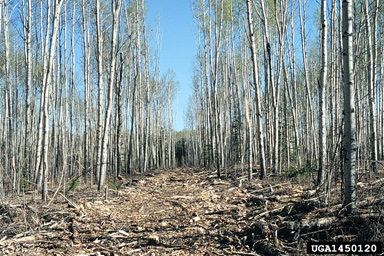
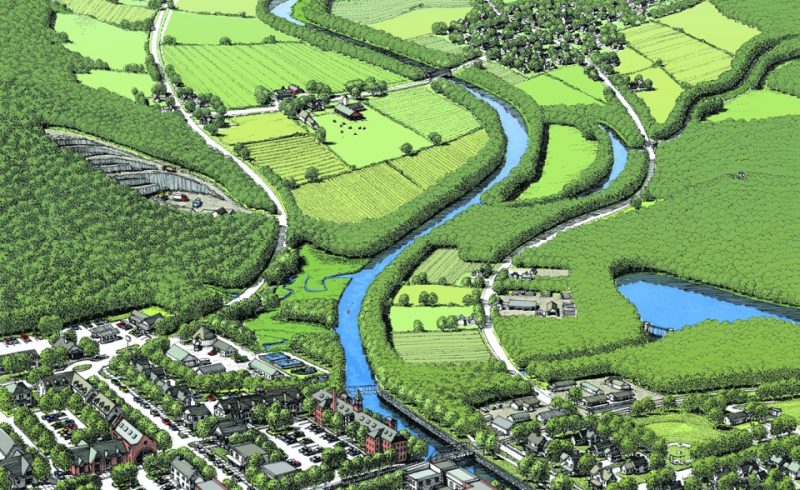
Early Detection Systems:
Using technology like satellite imagery and AI can help detect fires early, allowing quicker response times.
Building Regulations:
Implementing building codes that require fire-resistant materials and designs, especially in fire-prone areas, can help protect structures.
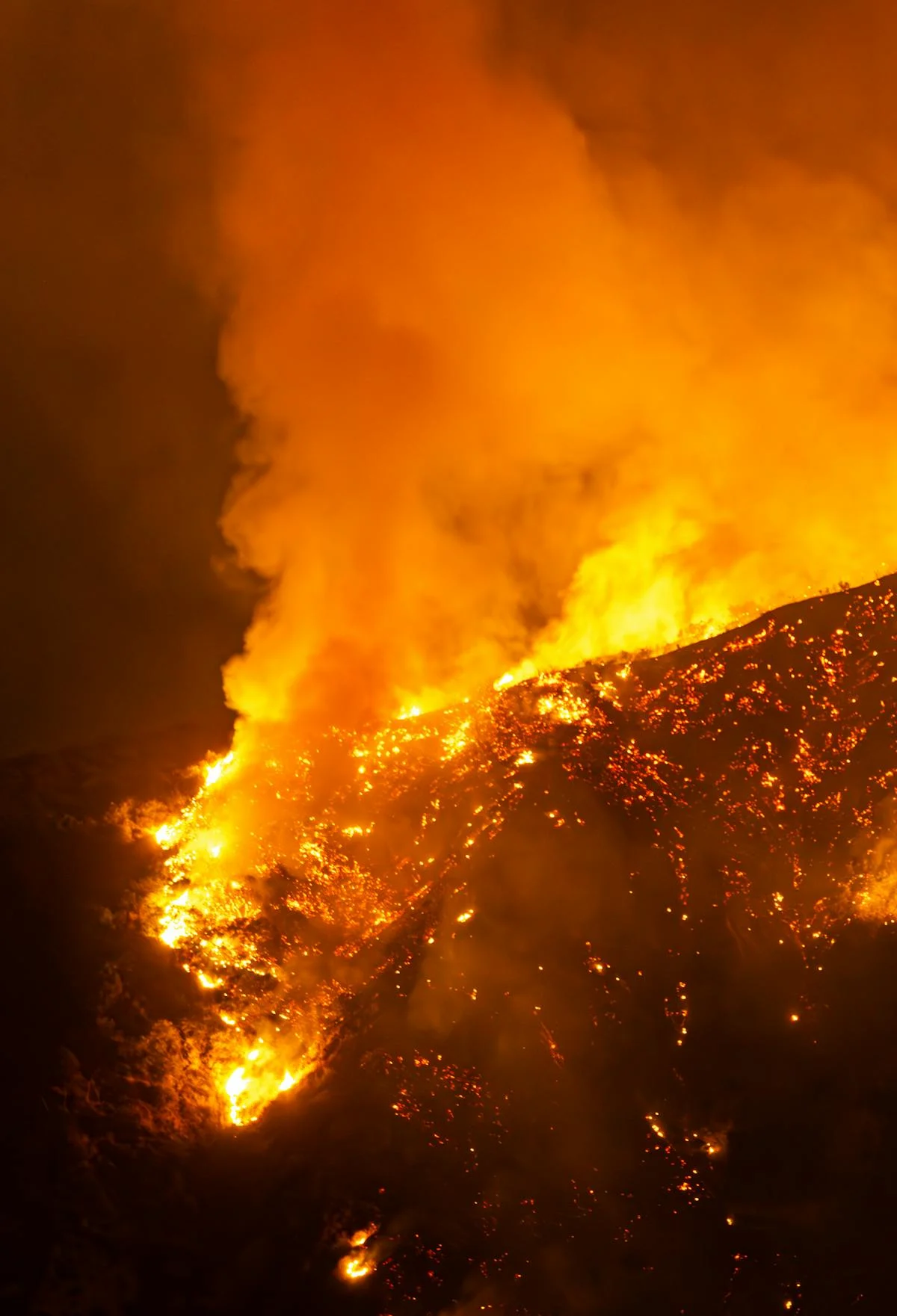

Community Education and Preparedness:
This involves teaching the public about fire risks, creating evacuation plans, and promoting practices such as creating defensible spaces around homes.
Land Use Planning:
Careful land use planning can minimize the interface between human communities and fire-prone ecosystems, reducing fire risks.
Effective forest fire management and mitigation are critical to protect lives, properties, and ecosystems. The lessons learned from places like Arizona, California, Nevada, Australia, and the Mediterranean region underscore the importance of a comprehensive approach, including fuel management, early detection, building regulations, community education, and careful land use planning.

